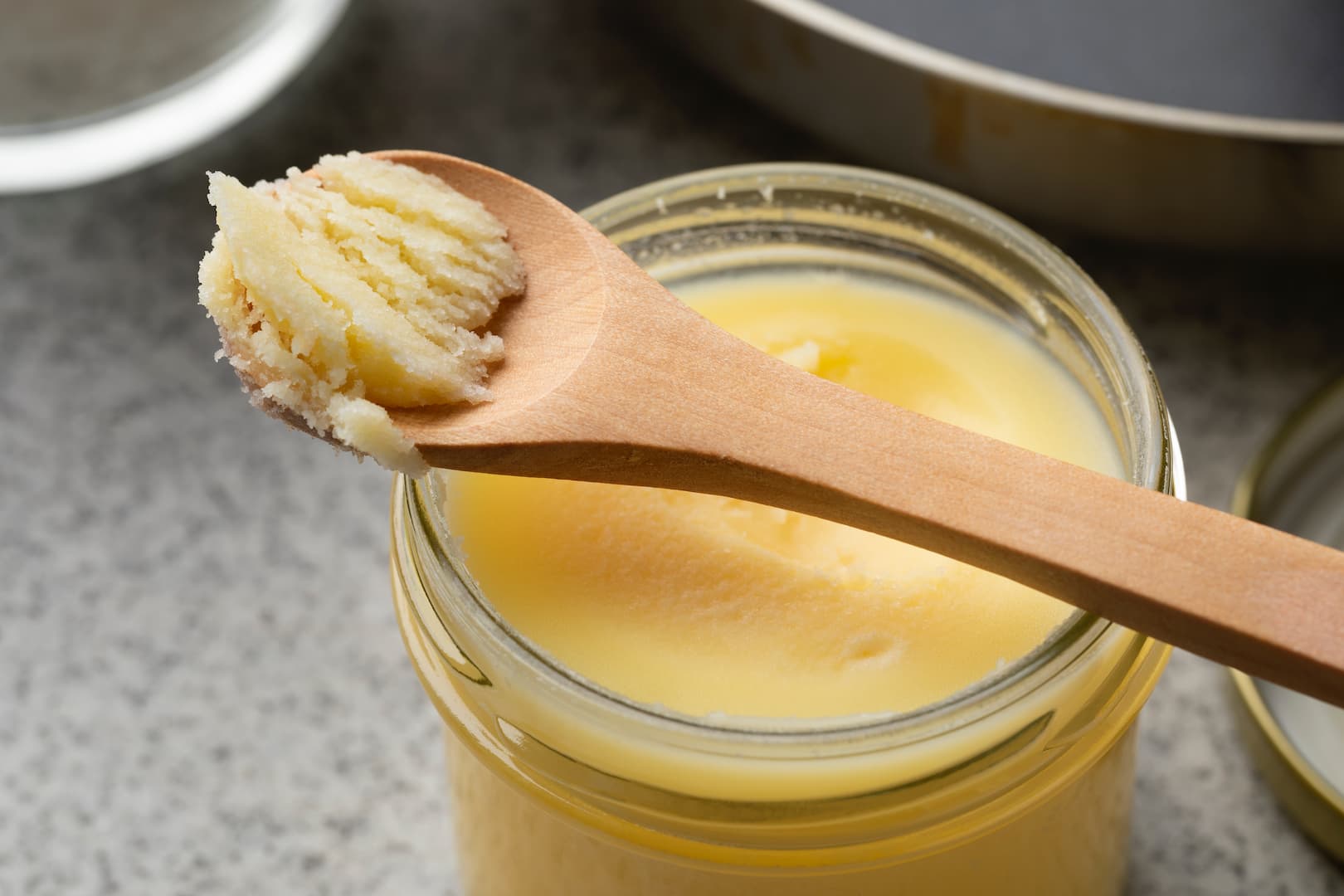

Articles
How To Store Ghee Once Opened
Modified: January 6, 2024
Learn the best practices for storing ghee once opened. Discover the proper methods to preserve its freshness and flavor.
(Many of the links in this article redirect to a specific reviewed product. Your purchase of these products through affiliate links helps to generate commission for Storables.com, at no extra cost. Learn more)
Introduction
Ghee, also known as clarified butter, is not only a delicious ingredient but also one that offers numerous health benefits. It is commonly used in Indian cuisine and has gained popularity worldwide because of its rich flavor and versatility in cooking. However, once you open a jar of ghee, proper storage becomes crucial to maintain its freshness and quality.
Proper storage of ghee is not only about extending its shelf life but also about preserving its taste, aroma, and nutrients. Exposing ghee to air, light, and heat can lead to oxidation, which can quickly degrade its quality. So, understanding how to store ghee once opened is essential to keep it fresh, tasty, and enjoyable for an extended period.
In this article, we will explore the importance of proper ghee storage, the factors to consider before opening a jar of ghee, the best containers for storing ghee, the steps to store ghee once opened, how to extend its shelf life, and the signs of spoiled ghee. By following these guidelines, you can ensure that your ghee remains in optimal condition and provides maximum flavor and health benefits.
Key Takeaways:
- Proper storage of ghee is crucial to maintain its flavor, aroma, and nutrients. Factors like quality, packaging, and container choice play a key role in preserving ghee’s freshness and longevity.
- Extending the shelf life of opened ghee involves storing it in the refrigerator, using clean utensils, and being vigilant for signs of spoilage. These practices ensure that ghee remains fresh and safe for consumption.
Read more: How To Store Ghee After Opening
Why Proper Storage of Ghee is Important
Proper storage of ghee is essential to maintain its quality and prevent it from spoiling quickly. Here are a few reasons why proper storage of ghee is important:
- Prolongs Shelf Life: Ghee has a long shelf life, but exposure to air, light, and heat can accelerate its deterioration. By storing it properly, you can extend its shelf life and enjoy its freshness for a more extended period.
- Preserves Flavor and Aroma: Ghee is known for its rich and nutty flavor. Improper storage can result in the loss of these desirable qualities, as the ghee may absorb odors from other foods or develop off-flavors. By storing the ghee properly, you can preserve its distinct flavor and aroma.
- Maintains Nutritional Value: Ghee is a source of essential vitamins, minerals, and fatty acids. Oxidation caused by exposure to air and light can degrade the nutritional content of ghee. Proper storage prevents oxidation and helps retain the beneficial properties of ghee.
- Prevents Contamination: Proper storage can protect ghee from contamination by microorganisms, such as bacteria or mold. Keeping the ghee in a clean and airtight container reduces the risk of spoilage or foodborne illnesses.
- Saves Money: When ghee goes bad due to improper storage, you need to discard it, resulting in wastage of money. By storing ghee correctly, you can avoid spoilage and save your hard-earned money by using it efficiently.
Overall, proper storage of ghee is essential to maintain its quality, preserve its flavor and aroma, retain its nutritional value, prevent contamination, and avoid unnecessary waste. Now that we understand the importance of proper ghee storage let’s explore the factors to consider before opening a jar of ghee.
Factors to Consider Before Opening Ghee
Before opening a jar of ghee, there are a few important factors to consider to ensure its freshness and longevity. Taking these factors into account will help you make an informed decision and maximize the shelf life of your ghee. Here are the key factors to consider:
- Quality of Ghee: Choose high-quality ghee from a reputable brand or a trusted source. Ghee made from high-quality butter will have a better flavor and a longer shelf life.
- Packaging: Inspect the packaging of ghee before purchasing. Look for a jar or container that is sealed properly, preventing air, light, and moisture from entering. Airtight packaging helps maintain the freshness of ghee.
- Expiration Date: Check the expiration date on the packaging. Make sure the ghee has a considerable shelf life left before opening it. Using ghee close to its expiration date ensures optimal quality and flavor.
- Storage Conditions: Consider the storage conditions of the ghee before purchasing. Ghee should be stored in a cool and dry place, away from direct sunlight and heat sources. Ensure that the ghee has been stored properly before purchasing.
- Intended Usage: Think about how you plan to use the ghee. If you anticipate using it frequently, a smaller jar may be more suitable to minimize the exposure of ghee to air. If you plan to use ghee sparingly, a larger jar may be more convenient.
- Batch Size: If you have purchased ghee in a bulk quantity, consider splitting it into smaller portions. By dividing the ghee into smaller containers, you can open one at a time, minimizing the exposure of the rest to air and contaminants.
Considering these factors before opening a jar of ghee ensures that you are starting with a high-quality product and setting the stage for proper storage. By being mindful of these aspects, you can maximize the freshness and longevity of your ghee. Now that we have looked at the factors to consider, let’s explore the best containers for storing ghee.
Best Containers for Storing Ghee
Choosing the right container for storing ghee is essential to maintain its freshness and quality. The container should be able to protect the ghee from air, light, heat, and contaminants. Here are some of the best types of containers for storing ghee:
- Glass Jars: Glass jars are an excellent choice for storing ghee. They are non-reactive, do not leach chemicals, and provide airtight sealing. Opt for jars with a tight-fitting lid to prevent the entry of air and moisture. The transparent glass also allows you to see the condition of the ghee without opening the jar.
- Ceramic Containers: Ceramic containers are another suitable option for storing ghee. They are durable, non-reactive, and provide good insulation from light and heat. Look for containers with a tight-fitting lid to ensure airtight storage.
- Stainless Steel Containers: Stainless steel containers are a popular choice for storing ghee. They are lightweight, sturdy, and resistant to rust and corrosion. Stainless steel containers offer excellent protection against light, air, and moisture. Look for containers with a tight-sealing lid to maintain the freshness of ghee.
- Food-Grade Plastic Containers: If you prefer plastic containers, opt for food-grade plastic that is BPA-free and made from high-quality materials. Look for containers with a tight-sealing lid to prevent air and moisture from entering. Plastic containers are lightweight and convenient for travel purposes, but they may not provide the same level of insulation as glass or ceramic containers.
- Airtight Containers: Irrespective of the material, the most important factor is that the container is airtight. This ensures that the ghee is protected from exposure to air, which can lead to oxidation and spoilage. Look for containers with a rubber gasket or airtight silicone seal to maintain optimal freshness.
Remember to clean the containers thoroughly before using them to store ghee. Ensure they are completely dry before adding the ghee to prevent any moisture from affecting the quality of the ghee.
By choosing the right containers for storing ghee, you can maintain its freshness, flavor, and quality for a longer duration. Now that you know the best containers for storing ghee, let’s move on to the steps involved in storing ghee once it is opened.
Store opened ghee in an airtight container at room temperature or in the refrigerator. Keep it away from direct sunlight and moisture to maintain its quality and flavor.
Steps to Store Ghee Once Opened
Once you have opened a jar of ghee, it is essential to store it properly to maintain its freshness and quality. Follow these steps to store ghee once it is opened:
- Transfer Ghee to a Suitable Container: If the ghee was not already packaged in a suitable container, transfer it to an airtight container of your choice. Make sure the container is clean, dry, and able to provide a tight seal to prevent air, light, and moisture from entering.
- Remove any Residue: Before transferring the ghee, make sure to remove any residual food particles or impurities from the jar or container. This will help prevent contamination and maintain the quality of the stored ghee.
- Ensure the Container is Clean and Dry: Before pouring the ghee into the container, ensure that it is thoroughly cleaned and completely dry. Moisture can introduce microbial growth, which can spoil the ghee.
- Pour Ghee Carefully: Pour the ghee into the container carefully, ensuring that it is filled to the desired level. Leave a small gap at the top of the container to allow for expansion, especially if you plan to store it in the refrigerator.
- Seal the Container Properly: Ensure that the container is tightly sealed to prevent the entry of air and moisture. This will help maintain the freshness and quality of the ghee. Double-check the lid or cap to ensure it is properly closed.
- Label and Date the Container: Label the container with the date of opening to keep track of the ghee’s freshness. This will help you know when it is time to use or discard the ghee if it surpasses its recommended shelf life.
- Store in a Cool, Dry Place: Find a suitable location to store the ghee. Ideally, it should be a cool, dry place away from direct sunlight and heat sources. If the room temperature is consistently high, it is best to store the ghee in the refrigerator to extend its shelf life.
By following these steps, you can properly store ghee once it is opened, ensuring that it stays fresh and maintains its quality for a longer period. However, it is essential to take certain measures to extend the shelf life of opened ghee, which we will discuss in the next section.
Read more: How To Store Vodka Once Opened
How to Extend the Shelf Life of Opened Ghee
To extend the shelf life of opened ghee and maintain its freshness, here are some essential tips to follow:
- Store in the Refrigerator: Ghee can be stored in the refrigerator to extend its shelf life. The cool temperature helps slow down oxidation and preserves the freshness of the ghee. Ensure that the ghee container is tightly sealed to prevent odors from other foods from being absorbed.
- Avoid Contamination: Always use clean and dry utensils when handling ghee to prevent the introduction of moisture and contaminants. Moisture can lead to spoilage, and contaminants can cause the ghee to spoil more quickly.
- Keep Away from Light and Heat: Exposure to light and heat can accelerate the degradation of ghee. Store the ghee in a cool, dark place away from direct sunlight and heat sources to maintain its freshness and quality.
- Use a Clean and Dry Spoon: When scooping ghee from the container, ensure that the spoon or utensil used is clean and completely dry. This helps prevent moisture or foreign particles from contaminating the ghee.
- Avoid Cross-Contamination: Prevent cross-contamination by using separate utensils to scoop ghee. Avoid using the spoon that you have used for other foods to maintain the quality and purity of the ghee.
- Keep the Lid Sealed: After each use, make sure to tightly seal the container to prevent air and moisture from entering. Take care not to leave the container open for extended periods, as this can accelerate spoilage.
- Check for Signs of Spoilage: Regularly inspect the ghee for any signs of spoilage, such as off smells, mold growth, or unusual colors. If you notice any of these indicators, discard the ghee immediately.
Following these practices will help extend the shelf life of opened ghee, allowing you to enjoy its freshness and flavor for an extended period. However, it is essential to know the signs of spoiled ghee to ensure you’re consuming it when it’s still safe, which we’ll discuss in the next section.
Signs of Spoiled Ghee
While ghee has a long shelf life, it can still spoil under certain conditions. It is important to be able to identify the signs of spoiled ghee to ensure your safety and prevent the consumption of rancid or contaminated ghee. Here are the common signs to look out for:
- Off Odor: Fresh ghee has a distinct, nutty aroma. If you notice a sour or unpleasant odor, it could be a sign of spoilage. Trust your sense of smell and if the ghee smells rancid or off, it’s best to discard it.
- Change in Texture or Consistency: Spoiled ghee may develop an unusual texture or consistency. It might become grainy, clumpy, or have a slimy appearance. If the texture seems off or different from fresh ghee, it is a clear indication that it has gone bad.
- Unusual Color: Ghee is known for its rich golden color. If you notice any discoloration, such as a darker hue or the presence of mold spots, it is a sign of spoilage. Mold growth on ghee is a clear indication that it should be discarded immediately.
- Foul Taste: Ghee has a pleasant, buttery taste. If you detect a bitter or sour taste, it is a strong indication of spoiling. Trust your taste buds, and if the ghee tastes off or unpleasant, do not consume it.
- Presence of Foreign Particles: Inspect the ghee for any foreign particles like food debris, hair, or insects. The presence of such contaminants may indicate poor storage conditions or contamination, making the ghee unfit for consumption.
If you notice any of these signs, it is crucial to discard the spoiled ghee immediately. Consuming spoiled ghee can lead to foodborne illnesses or adverse health effects. It is always better to be cautious and prioritize your well-being.
By being vigilant and observing these signs of spoiled ghee, you can ensure that you are consuming fresh and safe ghee. Now that we have discussed the signs of spoilage, let’s conclude.
Conclusion
Proper storage of ghee once opened is essential for maintaining its freshness, flavor, and quality. By following the guidelines outlined in this article, you can prolong the shelf life of ghee and ensure its optimal taste and nutritional value.
Before opening ghee, consider factors such as the quality of the ghee, packaging, expiration date, storage conditions, intended usage, and batch size. These factors will help you make an informed choice and set the stage for proper storage.
Choosing the right container is crucial for storing ghee. Glass jars, ceramic containers, stainless steel containers, and food-grade plastic containers with airtight seals are all excellent choices. Ensure the container is clean, dry, and airtight to protect ghee from air, light, moisture, and contaminants.
Once you’ve opened the ghee, transfer it to a suitable container, seal it properly, label and date it, and store it in a cool, dry place or the refrigerator. Taking these steps will help preserve the freshness and quality of the ghee for an extended period.
To extend the shelf life of opened ghee, store it in the refrigerator, avoid contamination, keep away from light and heat, use clean and dry utensils, and seal the container tightly. By following these practices, you can maximize the shelf life of opened ghee and ensure its optimal freshness.
Knowing the signs of spoiled ghee is essential for your safety. If you notice an off odor, changes in texture or consistency, unusual color, foul taste, or the presence of foreign particles, it is best to discard the ghee immediately.
In conclusion, proper storage of ghee once opened is crucial for maintaining its quality and enjoying its benefits for an extended period. By considering the factors before opening, using suitable containers, following the proper steps for storage, and being aware of signs of spoilage, you can ensure that your ghee stays fresh, flavorful, and safe to consume.
Frequently Asked Questions about How To Store Ghee Once Opened
Was this page helpful?
At Storables.com, we guarantee accurate and reliable information. Our content, validated by Expert Board Contributors, is crafted following stringent Editorial Policies. We're committed to providing you with well-researched, expert-backed insights for all your informational needs.

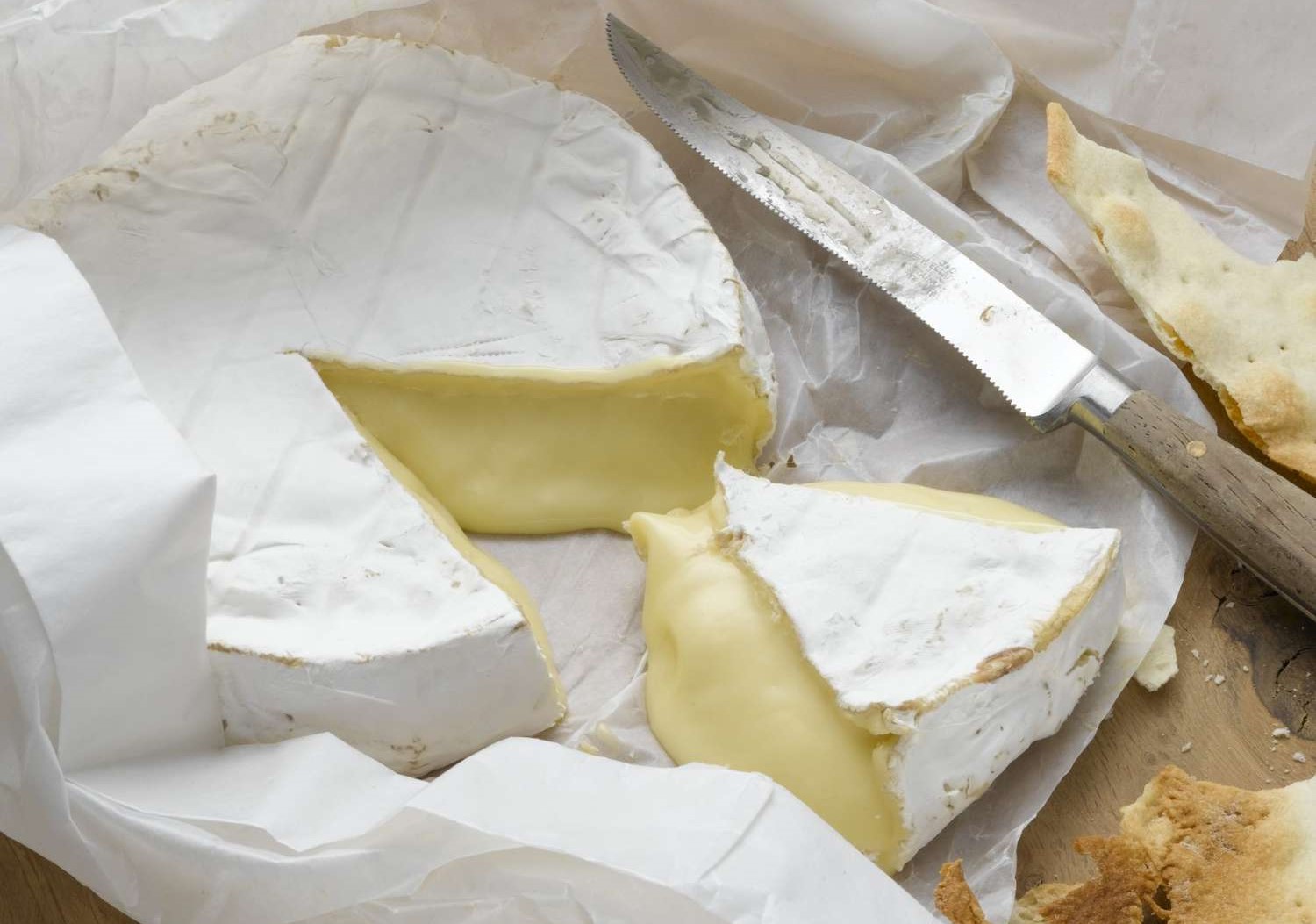

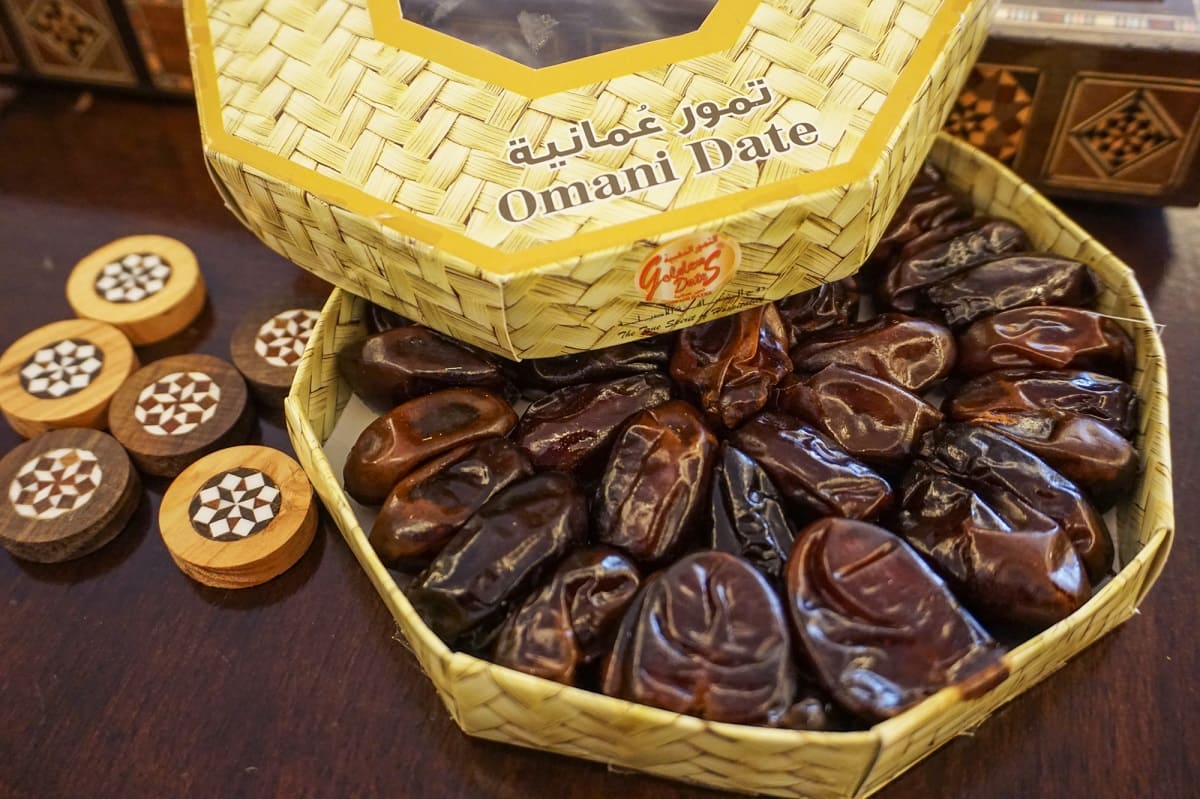

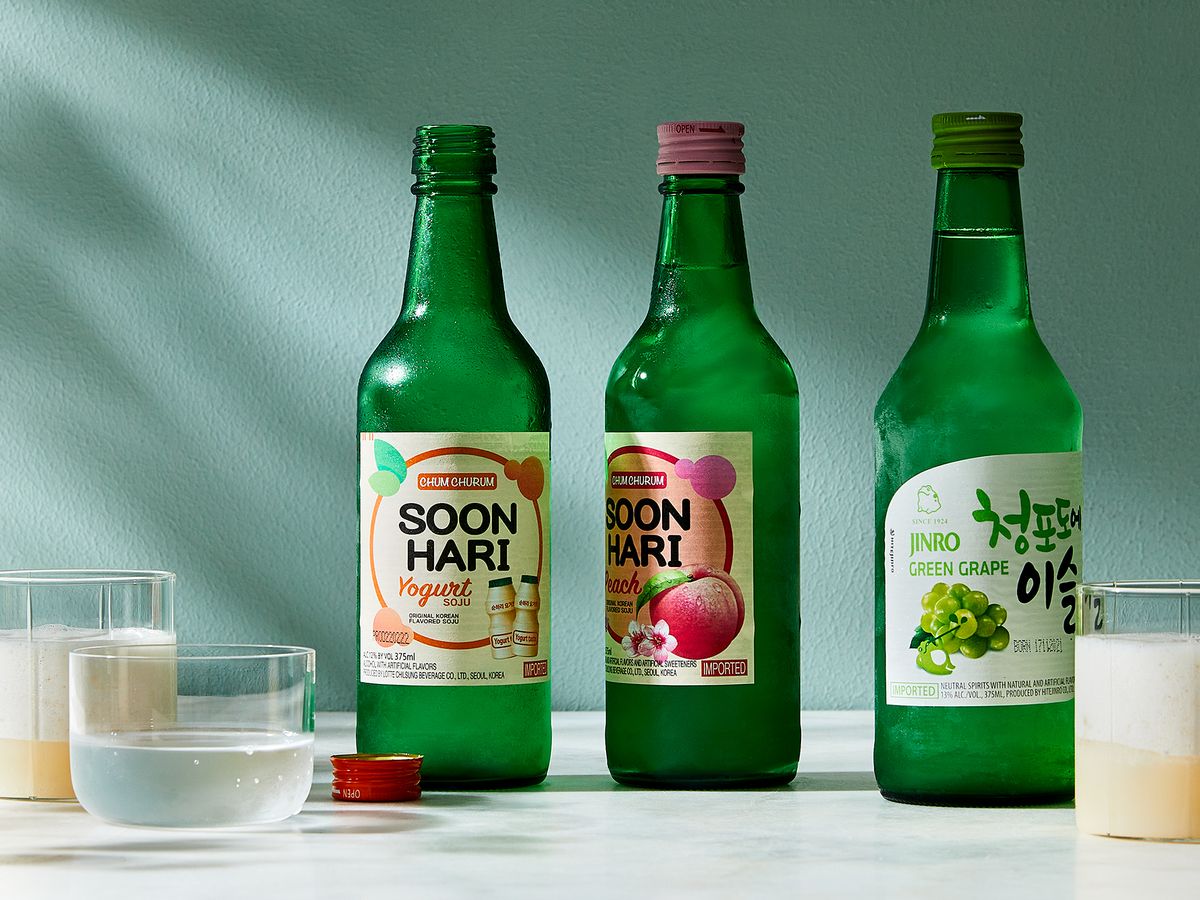

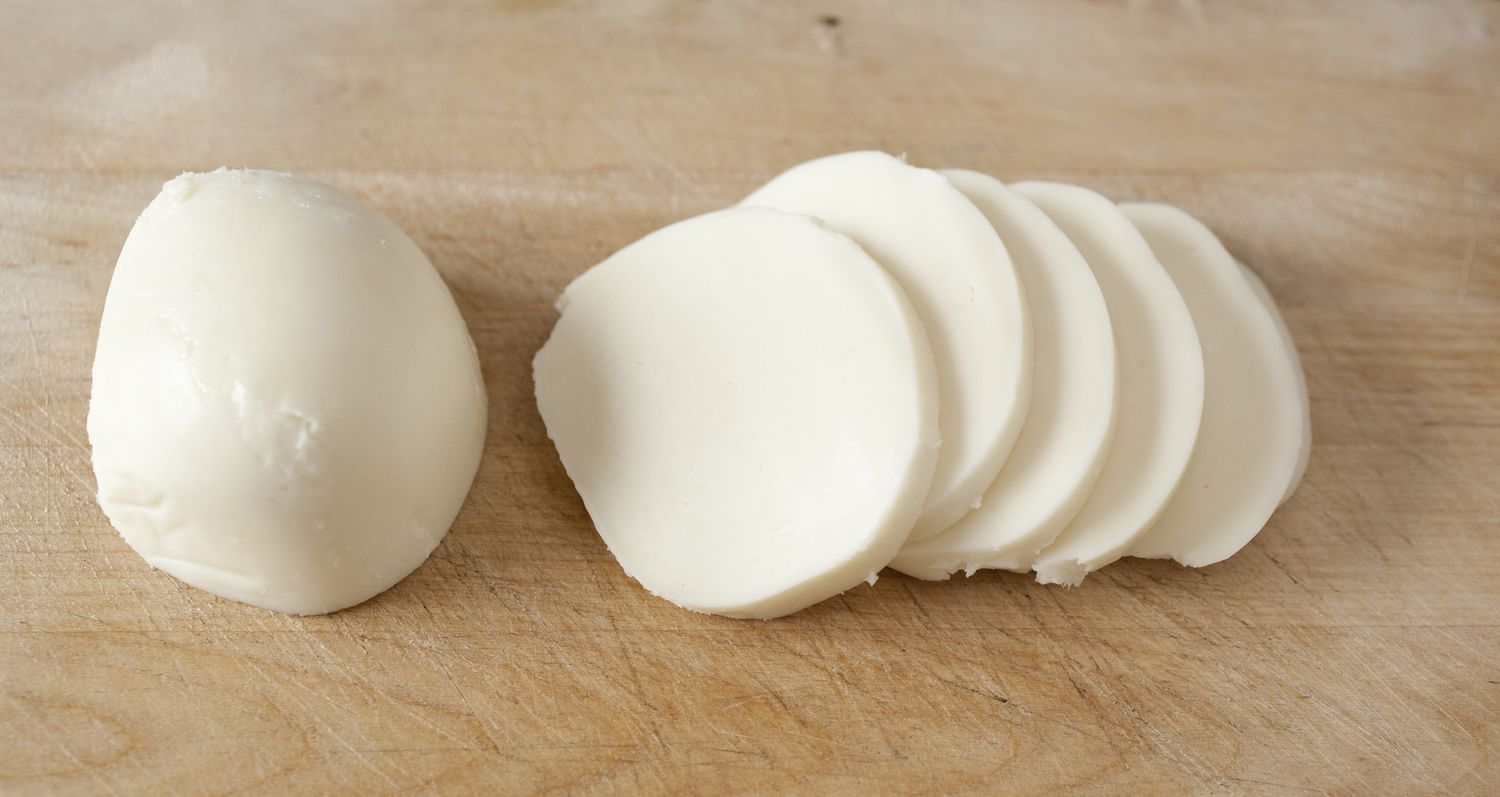


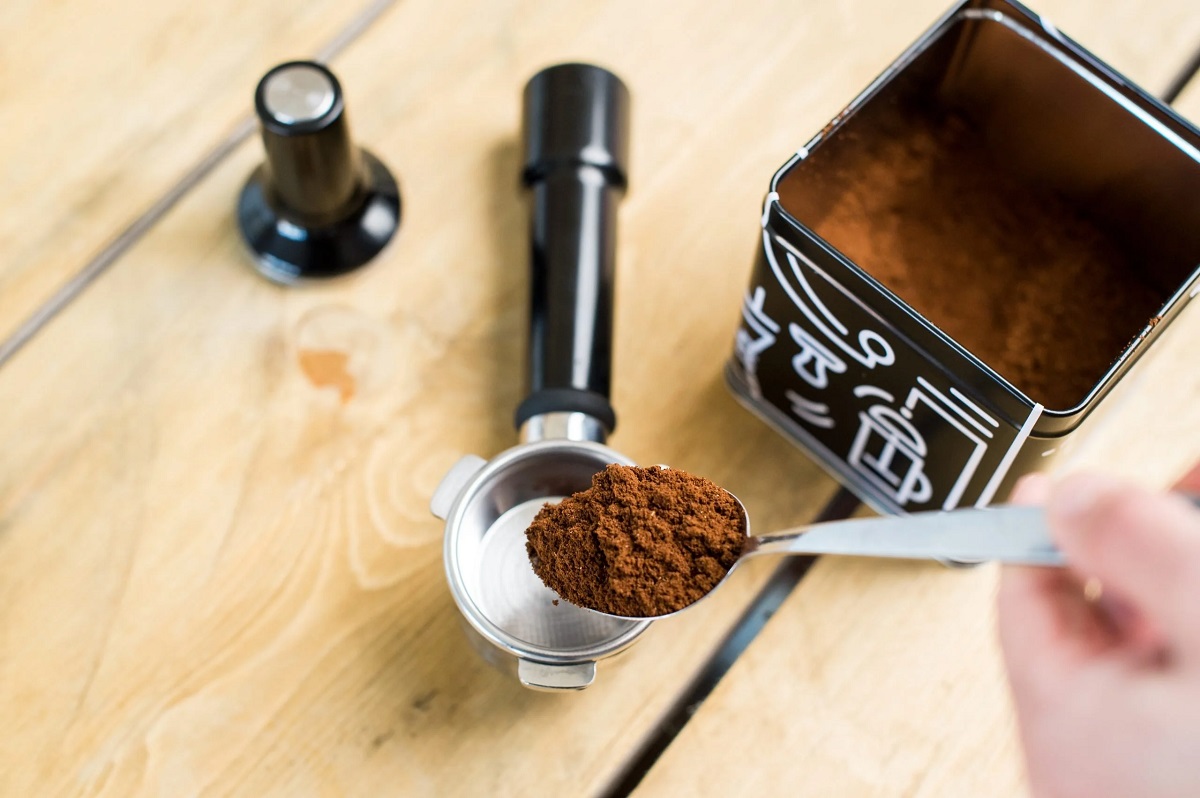
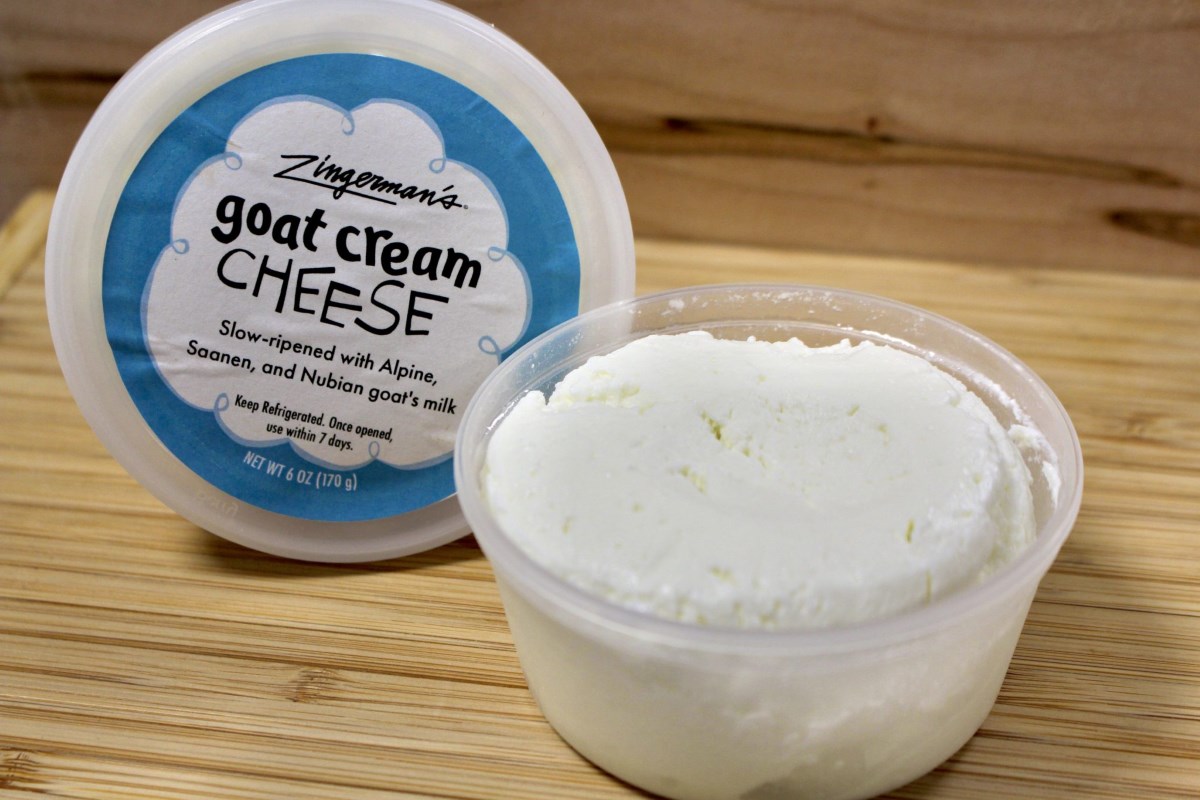
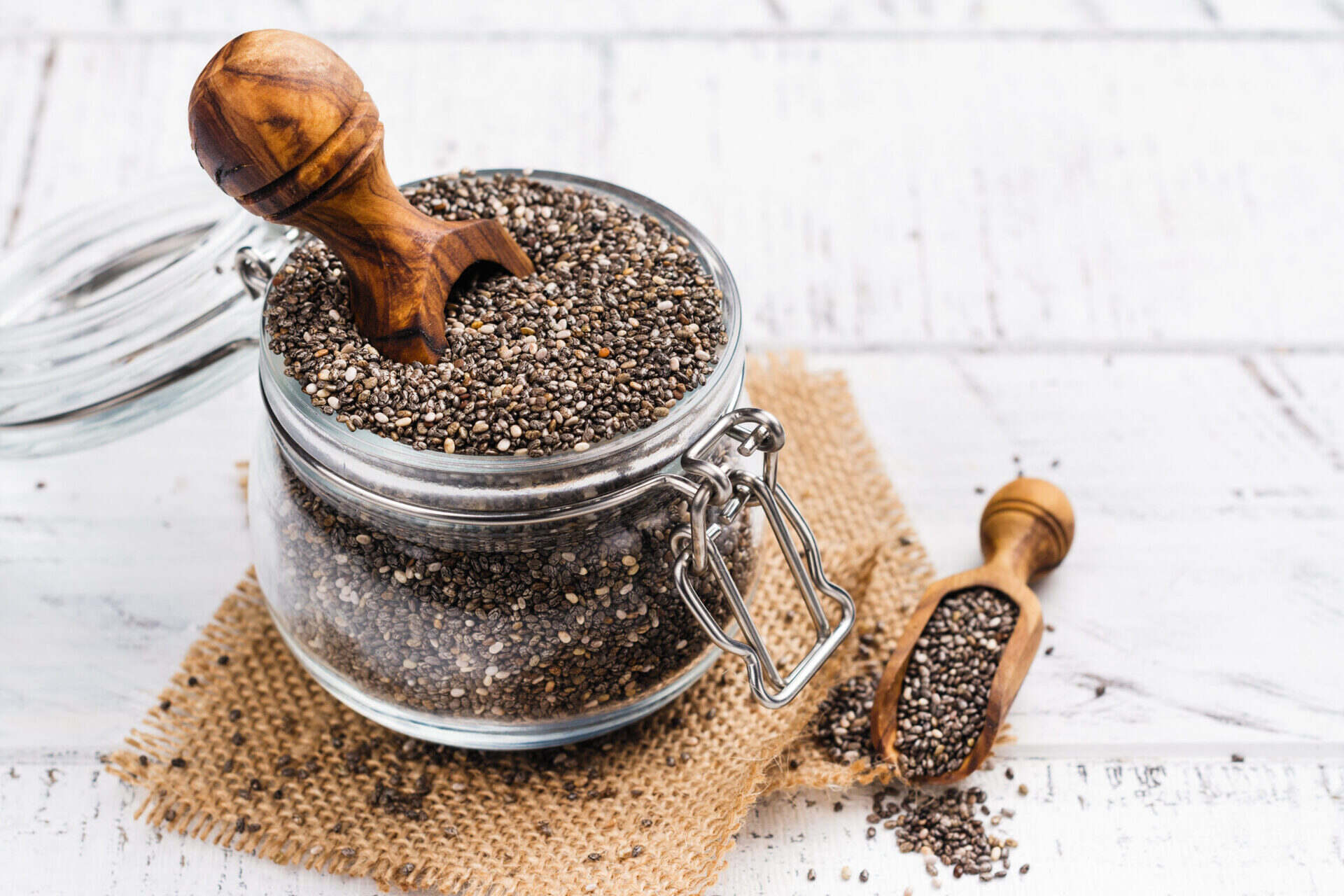
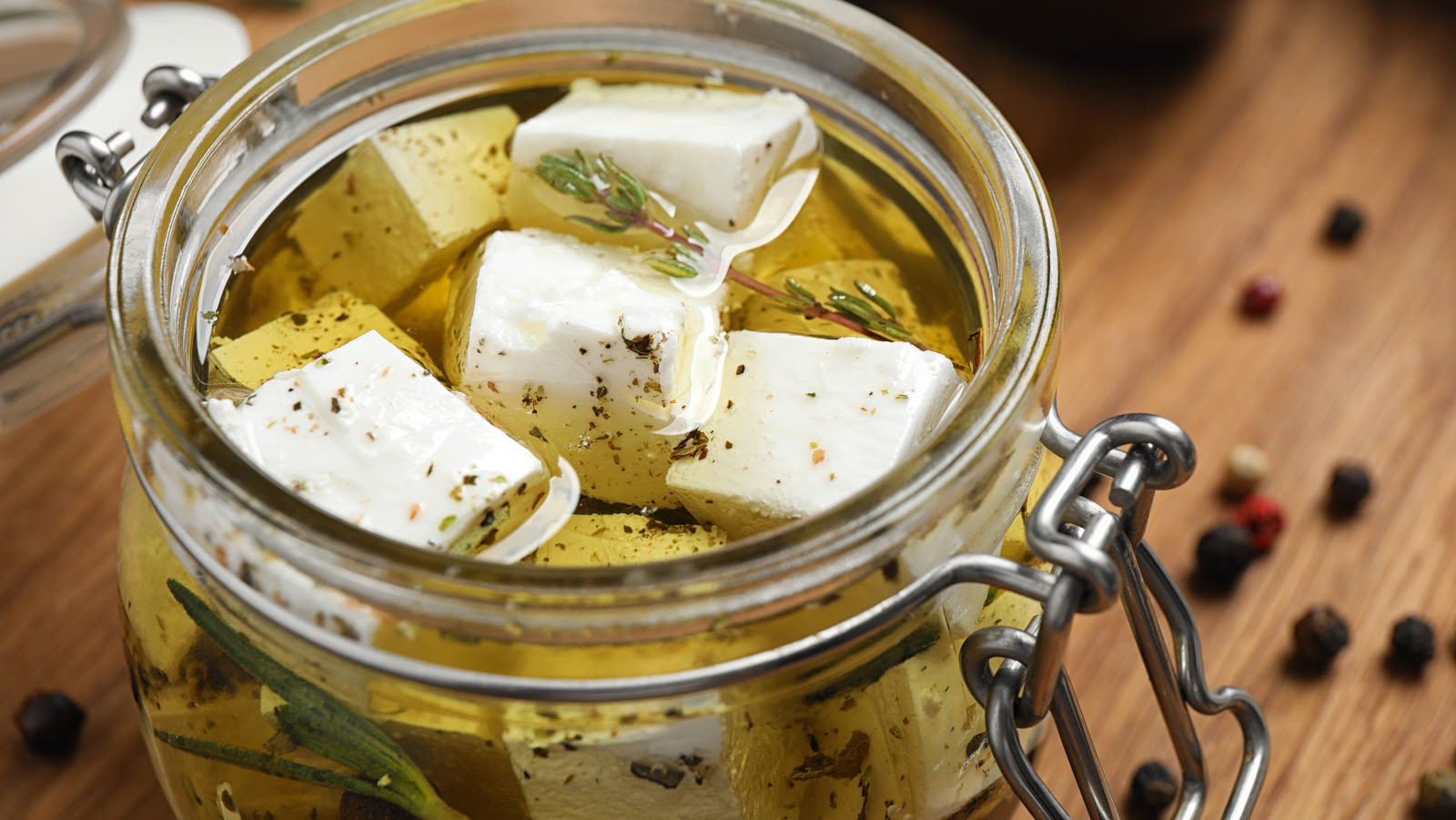

0 thoughts on “How To Store Ghee Once Opened”